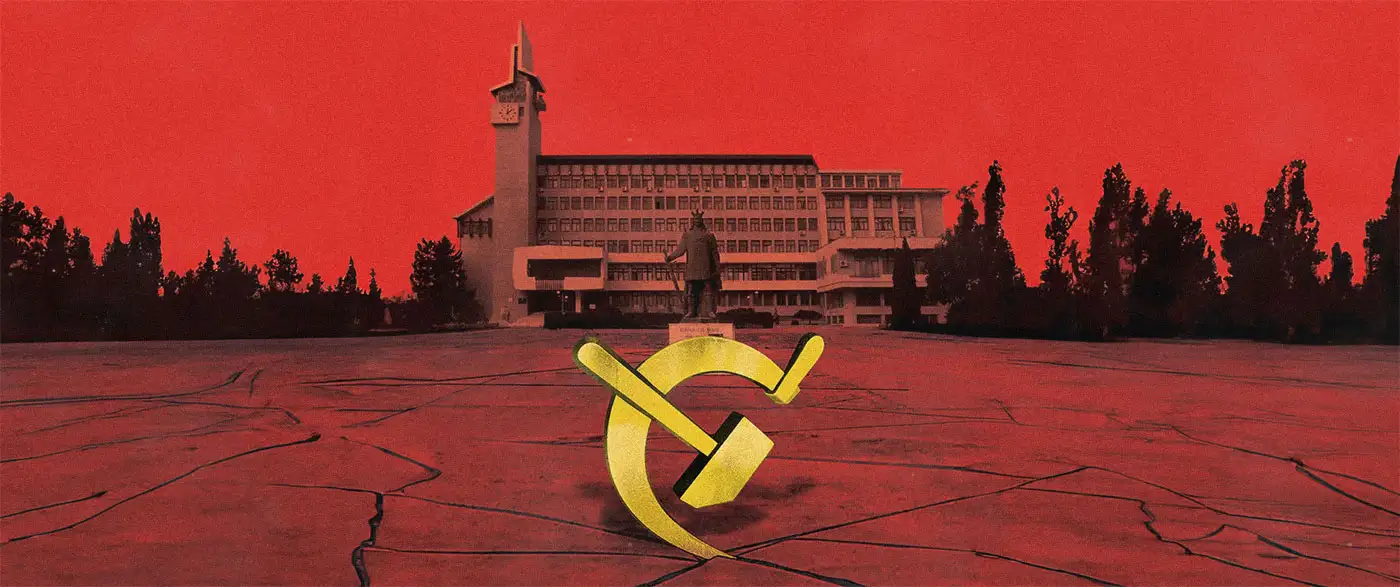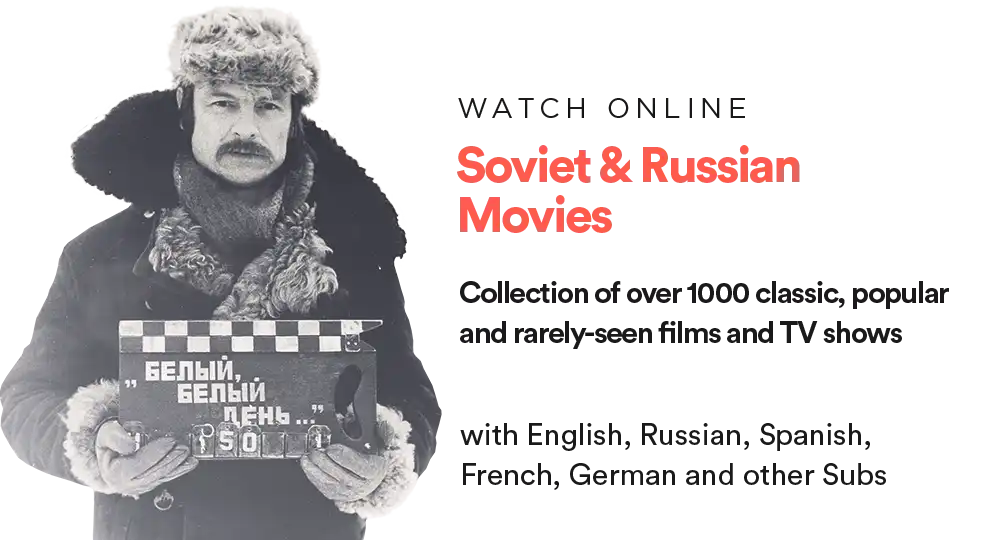Storming of the Romania’s Bastille: The Day That Changed Lives Forever. The Day That Never Happened
01.12.2023

Romania is a country in Southeast Europe with the capital city of Bucharest, an impressive history of the communist regime under the rule of the political figure Nicolae Ceaușescu and one of the best European film new waves born of artistic rebellion.
The film camera was invented in 1885 and quickly arrived on the Transylvanian ground, among the new Romanian intelligence formed from world dissatisfaction and oversaturation that awaits a new epoch, a new age, the twentieth century. The first film arrived in Romania from France in 1896. It was a 50-second documentary, “The Arrival of a Train”, directed by the brothers Auguste and Louis Lumière. The first so-called “picture” shot in Romania was the “The Royal Parade”, taken on May 10, 1897, by the cameraman Paul Menu, who worked with the Lumière brothers. It represents Majesty King Carol I, taking the position of ruler of the Romanian kingdom. In 1912, the first Romanian drama and action film was broadcast. The name of the film was “Independent Romania”. It is a representation of the theme of the Russo-Turkish war that occurred at the end of the 19th century — which story is set in the timeline when Wallachia and Moldavia as parts of Romania united and declared their independence from the Ottoman Empire in 1877, becoming modern Romania. Soon, Romanian film enthusiasts and amateurs began experimenting with cameras and creating their own works. Some of the names that gave birth to film as an artistic genre and gave solid foundations to Romanian cinema are Leon Popescu with his cinema, George Marinescu with the concept of scientific film, Jean Mihail, Jean Georgescu and Ion Filotti Cantacuzino. The first film schools began to open, and the cinematic genres of fiction and documentary film soon became extremely popular in Romania. Actors in Romanian theatres soon became movie stars, and the world of movies flourished. Romanian leader Nicolae Ceaușescu ruled the country from 1948 to 1989, when the communist regime was overthrown and the statesman was killed. At the time of Ceaușescu began the nationalization of the film industry, which from now on, introduced corporate themes of political ideology and the system of ruling the working class into films.

From this epoch of limited freedom and opinion, political tyranny, state glorification and ideological impression, a complete change is born on the movie screen, which heralds the beginning of a new, contemporary art. The new wave in Romania is considered one of the best European film waves. This cinematic renaissance is free-spirited, tough, sarcastic, minimalist and, above all, realistic, with elements of dark humor. With the thematic scheme of revolution and evolution of modern society, freedom and corruption, this film pattern brings new perspectives of the seventh art.
“12:08 East of Bucharest“, a 2006 feature film directed by Corneliu Porumboiu, sets a disturbing tone for history, tragedy and comedy in Romanian cinema. This film (a winner of the Caméra d’Or Prize (for best first film) at the Cannes Film Festiva) is a genre drama, with elements of documentary approaches mercilessly thrown onto the cinema screen. The title represents the capital historical moment of Romanian history, the revolutionary victory, the public overthrow and death of the Romanian statesman, politician and dictator Ceaușescu. In the original Romanian title of the film, there is the question: “Was it, or was it not?”. Nicolae Ceaușescu was the leader, the president, and the regime figure for decades until his sudden arrest and execution in the Romanian revolution in December 1989, when he was overthrown by anti-communist insurgents in Eastern Europe that year. The film takes place sixteen years later in a small Moldovan town far from Bucharest and is broadcast on a local television station.
At the center of this film, the director sets the rules of the three Aristotelian dramatic units: unity of action, unity of time and unity of place, which instruct the author of the drama to create a plot that has a beginning, middle and end and that explains the cause-and-effect relationship between the action and the characters, limiting the action to the events in one day and limiting the scenes to one place or city. In the television center of a remote town on December 22, 2006, several guests gathered to talk on the show, celebrate the victory over communism, express their views and discover the truth through a retrospective of the infamous events of December 1989. Emanuel Piscozzi (Mircea Andreescu), Tiberio Manescu (Ion Sapdaru) and Virgil Jderescu (Teodor Corban), the three of them, one old man who works as Santa Claus every year before Christmas, one alcoholic in debt, employed as a history teacher and one local TV owner known as an “experienced journalist” dive deep into their memory to represent the past reality in the world of their illusions. The first part of the film, the morning part of the day, presents the plot gradation, the preparation of citizens for Christmas Eve, and guests for the show. This sequence also puts on the screen the general picture of Romanian society in collective depression and poverty. Cheap wine, neighborhood kids throwing firecrackers, the end of the school term, slushy streets, a grieving homeland and a poor nation are witnesses to a better life that may or may not have occurred a few years later.

The cut and twist in the film take place during the countdown to the start of the live broadcast of the television show. The cinematographic work suddenly cultivates a lively and pseudo-documentary character. The exclusive debate in the show “The Issue of the Day” with the topic “Was there a revolution in our city or not?” tries to understand the present based on the past. Through the timeline of murky events many years ago, various contradictions are set. The light is being put on the dark and foggy historical picture of city protests in the town square, penetration of the city council, “bloody” changes, and heroic stories about waking up from the communist nightmare. The uncertain “alibi” of visiting “revolutionaries” is being eaten away at the holy revolution. The fall of the modern Iron Guard has become a mythical phenomenon. There was silence. It started to snow. The film ends as it begins. Semper idem.
Firms and farms, a man and system, the machinery of a broken society, tell its essence through the director’s vision. The pseudo-documentary form of the film, the cold saturation of the camera, the death of the regime holder, the shining New Year’s tree and the scenes of the worn-out city, the actors who are witnesses of history and time present a picture of collective unsatisfaction. Great cinematography, strong characters and a captivating story made this film much more than a naive comedy. As in the theatre, there are always two different faces, two masks — tragic and comic and the truth of this movie story is somewhere in the middle, on the edge between a great victory and a deep defeat and the lament created over it.
Emilija Kvočka
Useful Links
- “12:08 East of Bucharest” on IMDb – Get additional details about the cast, crew, trivia, and more on the Internet Movie Database.
- Corneliu Porumboiu on IMDb – Explore more about director Corneliu Porumboiu’s filmography and biography.
- 12:08 East of Bucharest” on FilmAffinity – Delve into user ratings and reviews.


















